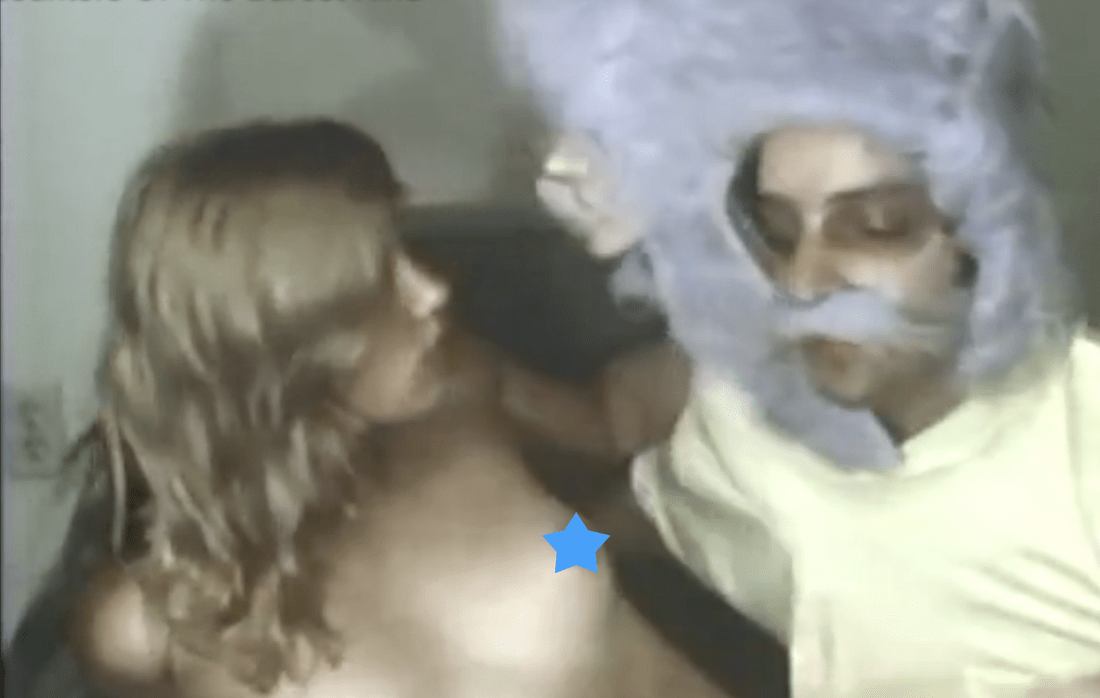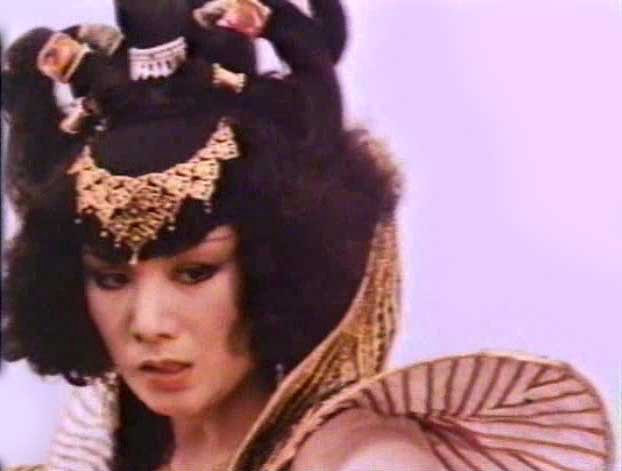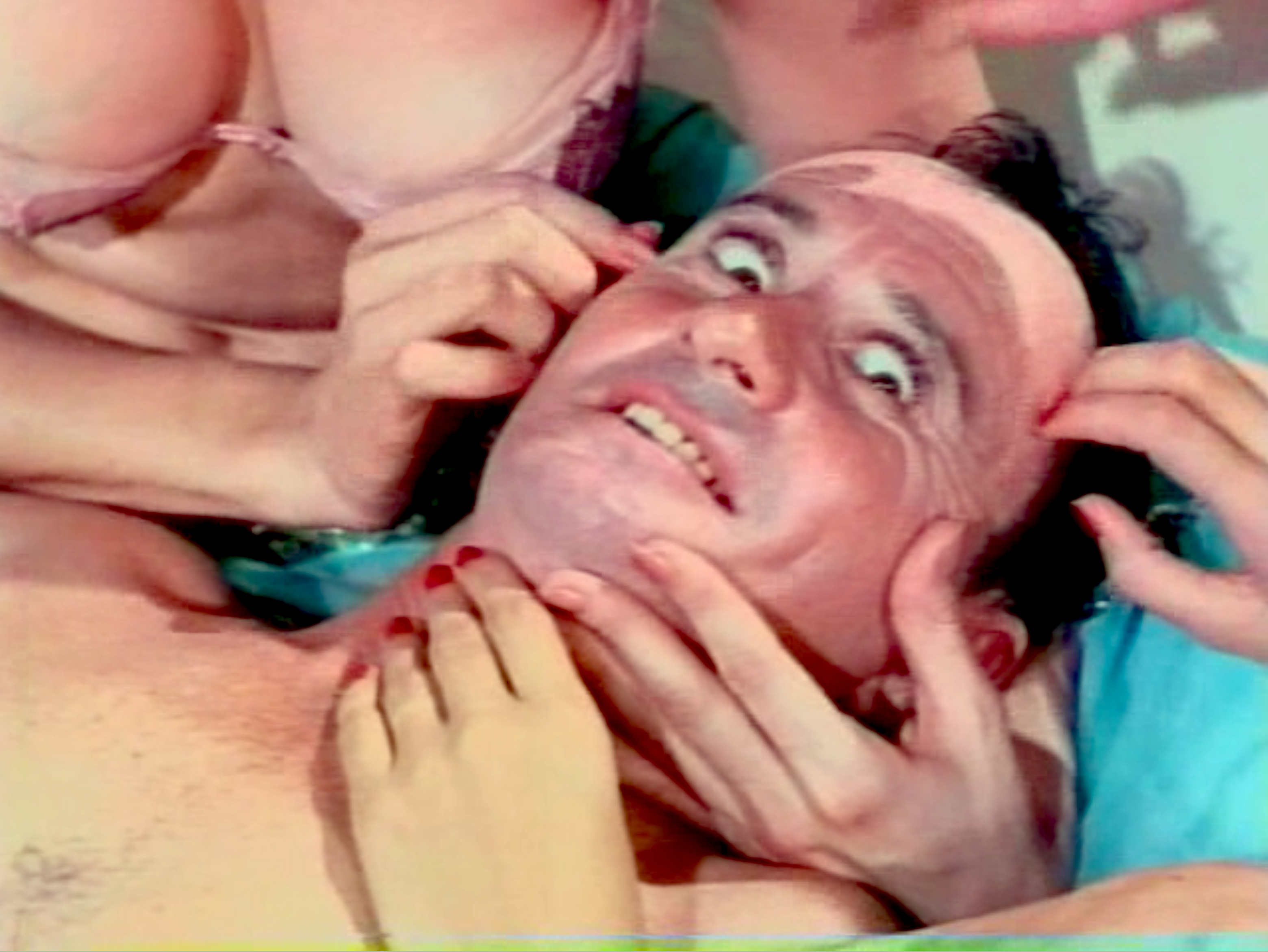
I saw Safe in the theater when it first came out in 1995. I remember it well because when the film ended I could hardly move. I found it deeply unsettling and didn’t feel ready to face the light of lobby.
In many ways Safe is a horror movie. There is no monster or psychopath chasing after people, its worse than that. In place of a visceral antagonist there is a nameless, formless sense of alienation and anxiety that makes you feel like the walls are closing in around you. Each passing frame of Safe instils a deepening sense of danger. Danger that emanates from no single locus, but from every day objects and banal accoutrements that populate of our lives.
This is Todd Haynes’ second feature film. His first feature, Poison, was visually lush and rich. Safe is equally visual but is anything but rich. Carole lives in a rarefied, gated community in the hills. Haynes uses wide angle shots to present the large, lifeless rooms of the upper middle class. Carole is often small on the screen. We see her trapped and awkward in uncomfortable spaces. We often see the ceiling or long swaths of floor that give us both an expansive sense of space as well a claustrophobic sense of containment. The spaces are lit with ugly, even hues of drab light that drain the life from the scene. Her life takes place in highly artificial, processed environments where everything is groomed and controlled until it is flat, tamed, pasteurized, sealed, vacuumed and scented.

Even before Carole ever gets ill she is already losing her grip on the collective illusion that her community maintains. She stares at the ceiling while her husband gets on top of her to copulate. She is not upset, she’s blank. When he is finished she affectionately hugs him with what seems like genuine affection. She wants to be happy, and she wants to be happy in the right way using the right stimuli but it isn’t working. Carole would like nothing more than to inhabit this world and enjoy its luxury but she can’t. She has no insight into why. She doesn’t seem to even know there is a problem.

There is a scene where a confused Carole wanders into her garden at night. She can’t sleep and she needs a moment to herself in the fresh air. She seems lost in thought when a police patrol pulls up and shines a spot light on her. She panics and hurries inside only to be confronted by her husband who asks her what she was doing. We see how membership in this white, upperclass society requires strict conformity. Both race and class run as a subtext through the film.
Carole’s last name is White which she took when marrying her husband Greg. In an intensely uncomfortable but perfectly written scene Carole’s step son proudly reads his school report to his parents. It is a romanticized and enthusiastically imagined vision of what life in “the ghetto” is like. He focuses on the brand names of all the guns that the gangbangers and bad guys use. He is obviously enthralled by the whole idea of this savage life on the edge. The reading further emphasizes the fear fueled, cloistered nature of the White family’s existence. They live in a gated fantasy that is maintained by fantasies about the outside world and the other.
When Carole gets sick we expect that through her illness she will come to see her life in a new light. She will discover the vapid consumerism, and empty friendships that surround her and find transcendence, but her illness only bewilders her. It makes her feel helpless and drastically increases her sense of alienation. This is where Safe truly begins to resemble a horror movie. Her sudden attacks, her sense of panic, the randomness and her confusion create a profoundly tense atmosphere, and for it all the pain leads nowhere. It never provides an epiphany.
Even when she discovers that her environment is completely toxic she does not see the metaphor it reveals. She cannot see that the physically toxic environment is reflection of the psychically toxic environment. Worse yet she occasionally apes the activists and environmentalist rhetoric she is exposed to, but it is obvious that she does not hear or understand the words coming out of her own mouth. Julianne Moore’s performance here is subtle and nuanced. She walks a wire of enticing our hope for her growth and signaling that even though she seems to be learning its entirely superficial.
As a queer writer and director Haynes is clearly making references to being an outsider. Carole wants to covet what the other women covet but she doesn’t. She is an observer instead of a participant. She’s tries not to make waves but she can’t fit in.
Carol may be a stand in for the feelings of alienation that beset many LGBTQ people but she is not a heroine. She is frustratingly passive. When finally she leaves for Wrenwood we raise our hopes a second time that this will be a climactic blossoming of her new empowered identity, but even as she learns the buzzwords and pop psychology fed to her by everyone there we have a sinking feeling that something is wrong. The slow realization that Wrenwood is just another new age hoax led by a mercenary narcissist is devastating.
The last scene is very painful. Still lacking any insight Carole retreats into a sterile igloo and as she stares in the mirror she tries her best to follow what she has been taught. She looks in her own eyes earnestly and recites “I love you, I really love you” but her words are terrifyingly hollow.

If you enjoyed this article click here for more
www.filmofileshideout.com/archives/why-didnt-anyone-tell-me-about-parents



